
The Focke-Wulf Fw 44 Stieglitz ("Goldfinch") is a 1930s German two-seat biplane. An early design by Kurt Tank, it was produced by the Focke-Wulf company as a pilot training and sports flying aircraft. It was also built under license in several other countries.

Georgia Totto O'Keeffe was an American modernist painter and draftswoman whose career spanned seven decades and whose work remained largely independent of major art movements. Called the "Mother of American modernism", O'Keeffe gained international recognition for her meticulous paintings of natural forms, particularly flowers and desert-inspired landscapes, which were often drawn from and related to places and environments in which she lived.

Alfred Stieglitz was an American photographer and modern art promoter who was instrumental over his 50-year career in making photography an accepted art form. In addition to his photography, Stieglitz was known for the New York art galleries that he ran in the early part of the 20th century, where he introduced many avant-garde European artists to the U.S. He was married to painter Georgia O'Keeffe.
291 is the commonly known name for an internationally famous art gallery that was located in Midtown Manhattan at 291 Fifth Avenue in New York City from 1905 to 1917. Originally called the "Little Galleries of the Photo-Secession", the gallery was established and managed by photographer Alfred Stieglitz.
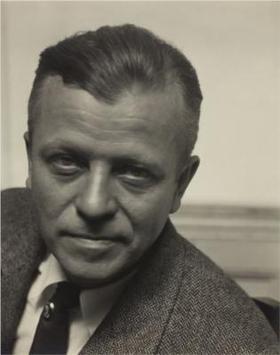
Arthur Garfield Dove was an American artist. An early American modernist, he is often considered the first American abstract painter. Dove used a wide range of media, sometimes in unconventional combinations, to produce his abstractions and his abstract landscapes. Me and the Moon from 1937 is a good example of an Arthur Dove abstract landscape and has been referred to as one of the culminating works of his career. Dove made a series of experimental collages in the 1920s. He also experimented with techniques, combining paints like hand mixed oil or tempera over a wax emulsion as exemplified in Dove's 1938 painting Tanks, in the collection of the Boston Museum of Fine Arts.

Gertrude Käsebier was an American photographer. She was known for her images of motherhood, her portraits of Native Americans, and her promotion of photography as a career for women.
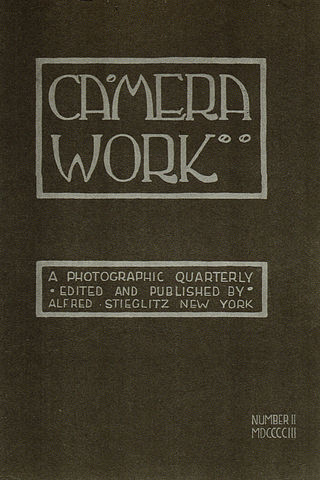
Camera Work was a quarterly photographic journal published by Alfred Stieglitz from 1903 to 1917. It presented high-quality photogravures by some of the most important photographers in the world, with the goal to establish photography as a fine art. It has been called "consummately intellectual", "by far the most beautiful of all photographic magazines", and "a portrait of an age [in which] the artistic sensibility of the nineteenth century was transformed into the artistic awareness of the present day."

The Photo-Secession was an early 20th century movement that promoted photography as a fine art in general and photographic pictorialism in particular.
The Stieglitz rearrangement is a rearrangement reaction in organic chemistry which is named after the American chemist Julius Stieglitz (1867–1937) and was first investigated by him and Paul Nicholas Leech in 1913. It describes the 1,2-rearrangement of trityl amine derivatives to triaryl imines. It is comparable to a Beckmann rearrangement which also involves a substitution at a nitrogen atom through a carbon to nitrogen shift. As an example, triaryl hydroxylamines can undergo a Stieglitz rearrangement by dehydration and the shift of a phenyl group after activation with phosphorus pentachloride to yield the respective triaryl imine, a Schiff base.
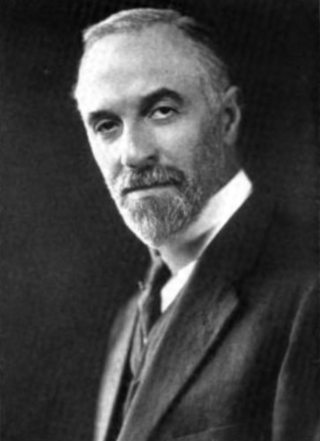
Julius Oscar Stieglitz was an American chemist of German Jewish origin. He was a teacher and organic chemist with a major interest in pharmaceutical and medicinal chemistry. He is known for the Stieglitz rearrangement, a rearrangement reaction in organic chemistry which commonly involves the formation of imines from hydroxylamines through a carbon to nitrogen shift, comparable to the key step of a Beckmann rearrangement.

Camera Notes was a photographic journal published by the Camera Club of New York from 1897 to 1903. It was edited for most of that time by photographer Alfred Stieglitz and was considered the most significant American photography journal of its time. It is valuable today both as a record of photographic aesthetics of the time and for its many high-quality photogravures by photographers such as Stieglitz, James Craig Annan, F. Holland Day, Robert Demachy, Frances Benjamin Johnston, Gertrude Kasebier and Clarence H. White.

The Steerage is a black and white photograph taken by Alfred Stieglitz in 1907. It has been hailed by some critics as one of the greatest photographs of all time because it captures in a single image both a formative document of its time and one of the first works of artistic modernism.
There were men and women and children on the lower deck of the steerage. There was a narrow stairway leading to the upper deck of the steerage, a small deck right on the bow with the steamer.
To the left was an inclining funnel and from the upper steerage deck there was fastened a gangway bridge that was glistening in its freshly painted state. It was rather long, white, and during the trip remained untouched by anyone.
On the upper deck, looking over the railing, there was a young man with a straw hat. The shape of the hat was round. He was watching the men and women and children on the lower steerage deck...A round straw hat, the funnel leaning left, the stairway leaning right, the white drawbridge with its railing made of circular chains – white suspenders crossing on the back of a man in the steerage below, round shapes of iron machinery, a mast cutting into the sky, making a triangular shape...I saw shapes related to each other. I was inspired by a picture of shapes and underlying that the feeling I had about life."
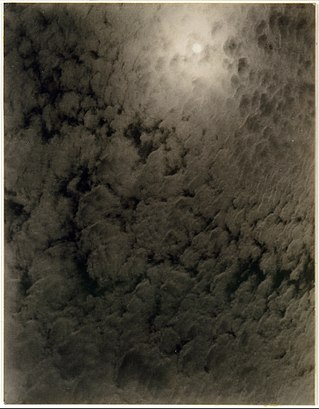
Equivalents is a series of photographs of clouds taken by Alfred Stieglitz from 1925 to 1934. They are generally recognized as the first photographs intended to free the subject matter from literal interpretation, and, as such, are some of the first completely abstract photographic works of art.

Paul Burty Haviland was a French-American photographer, writer and arts critic who was closely associated with Alfred Stieglitz and the Photo-Secession.

Sergey Shtikhlits, best known as Robert Stieglitz, is a German former professional boxer who competed from 2001 to 2017. He held the WBO super-middleweight title twice between 2009 and 2014, and the European light-heavyweight title from 2016 to 2017.
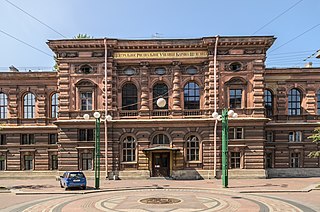
The Saint Petersburg Stieglitz State Academy of Art and Design is the oldest school of design in Russia. It occupies a parcel of land immediately to the east of the Summer Garden in Saint Petersburg.
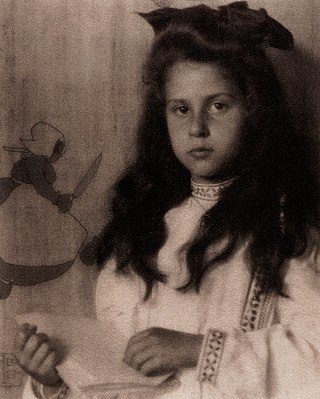
Katherine Stieglitz, or Katherine Stieglitz Stearns, was the daughter of Emmeline, or Emmy, and Alfred Stieglitz, an American photographer and modern art promoter. She was the subject of many of her father's photographs, particularly in her early years. They were exhibited and received praise for their wholesome sentiment. She graduated from Smith College before marrying Milton Sprague Stearns. After the birth of her son in 1923, she was institutionalized for depression and hallucinations and remained there until her death in 1971.
"Zigeuner" is a science fiction short story by Harry Turtledove, first published in the September/October issue of Asimov's Science Fiction Magazine in August, 2017. It was reprinted in The Year's Best Science Fiction: Thirty-Fifth Annual Collection, Gardner Dozois, ed. St. Martin's, 2018. It won the Sidewise Award for Alternate History for best short form work in 2017. It would also be reprinted in Turtledove's short-story collection The Best of Harry Turtledove in 2021.

Strauss is a crater on Mercury. Its name was adopted by the International Astronomical Union in 2019, after the Strauss family of musicians.

Gaudí is a crater on Mercury. Its name was adopted by the International Astronomical Union in 2012, after the Spanish Catalan architect Antoni Gaudí.



















